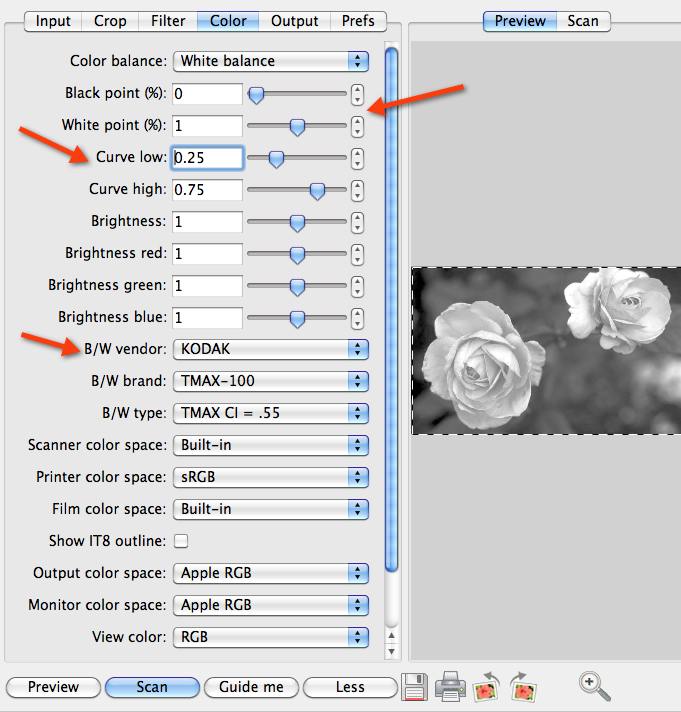
The image is not a good shot but should demonstrate the importance of the interpretation of the raw data. The proper way is to convert color spaces though. This means the image data was interpreted by Darktable as non-linear sRGB: RAW TIFF andĪs you can see I was not able to make the clouds as visible as in the second example: RAW TIFF and The first image was post-processed without converting the color space. The negative is an overexposed example of a tree during a sunset. The following example should demonstrate this. Without converting the color space (and therefore not adjusting the gamma) before importing the image into Darktable I was not able to adjust the details properly.

If you do not do this then you will have troubles with correcting the colors in the post-processing step. You can also do this using an linear sRGB ICC profile (created with RawTherapee) in GIMP and then converting it to sRGB. This interprets the input as linear RGB and converts it to the sRGB color space by applying the correct gamma. My workflow for converting between the linear RGB image data to the sRGB color space uses the color management capabilities of ImageMagick:ġ magick input.tif -set colorspace RGB -colorspace sRGB output.tif
Vuescan settings for 110 film software#
This fact makes it neccassary to convert the color space of the raw TIFF in order to open it in a editor software like GIMP or Darktable. If you are unsure what this means read in the Cambridge in Color page what this means. It is important to know that if the “Raw file type” is greater than 8bit per channel the image gamma of the output file is 𝛾=1.0 as noted here. Tim also mentions that the gamma can be chosen arbitrarily when storing the RGBI data in the TIFF. TIFF is what you probably want it’s not unintuitive to store multichannel data, RGB or RGBI in this case, with an arbitrary gamma, usually 1, 1.8, or 2.2, in a TIFF file - that’s what the format has been designed to do. DNG wasn’t really intended to be used for scanner data. While the DNG RAW is nominally similar, programs don’t necessarily treat DNG files the same as TIFF files and might/probably do some adjustments before displaying data (changing gamma, etc.). Gamma 1, RGB data off the sensor, no color space attached. The most ‘raw’ file format out of Vuescan is the RAW tiff file. The usage of the DNG format with the setting Raw DNG format does not offer a benefit like described by Tim Gray in a forum: The format of the RAW file output is TIFF. Make sure Raw save film is unticked such that the value of “Raw output with” is used. Furthermore it is important to choose 64bit RGBI for Raw file type and “Scan” for Raw output with to output the scan just after the Scanning stage before the Processing stage.
Vuescan settings for 110 film pdf#
The TIFF file, JPEG file, PDF file and Index file options can be left unticked as the output in these formats is already color corrected by VueScan. The Output tab allows to capture this raw data by ticking the setting RAW file. The scanner offers linear CCD (charge-coupled device) sensors for the red, green, blue and infrared channel. You can also choose a film model which is close to yours to get a good preview of the result you can achieve from the raw output. If you use the Input | Lock film base color setting the color of the film will appear in this tab. The values there only affect the view of the scan in the right side bar of VueScan. The settings in the Color can all be set to default values as the raw image will be saved before the color correction takes place during the Processing stage. It also works fine for C-41 color films and E-6 slides. It DOES work perfectly well on C-41 black and white films, like Ilford XP-2 and Kodak 400CN, so you can use it on them. Infrared cleaning does not work for traditional black and white negs the metallic silver in them interferes with it.Using it may give weird tonality.

For B/W film the cleaning using the infrared channel also does not work as noted in this article: The next settings are resposible processing the scan. The above settings control how the scanner does the scan. Also untick Auto offset and Auto rotate to make batch processing smaller. In the Crop tab set Crop size to “Maximum”. It makes scanning a film faster as no preview has to be taken. Use this setting as described here and here. As we do want to get as much data as possible we capture all 4 channels. If you choose 16bit here for a single grey channel you can use Make gray from to decide how the grey channel should be created. If you want to use the inverting of Vuescan this should be set to the type of media.Īs the Nikon scanner has a depth of 12bit we allow each channel (red, green, blue, infrared) to take 16bit.


 0 kommentar(er)
0 kommentar(er)
